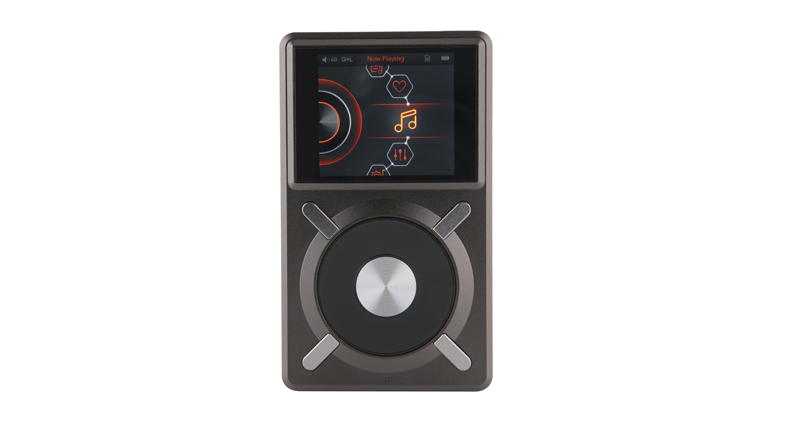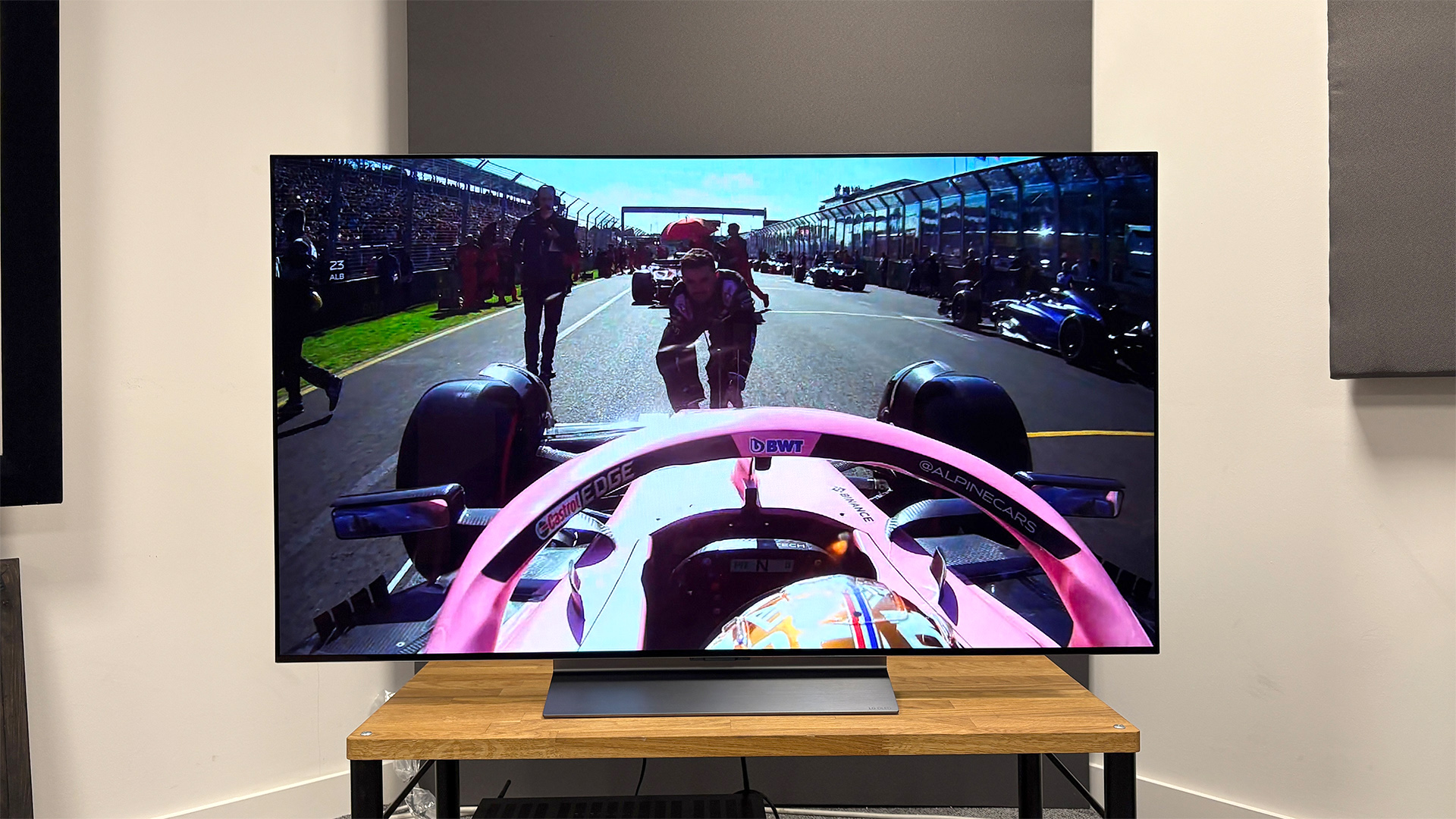What Hi-Fi? Verdict
The X5 is quite a good thing, but there’s too much of it
Pros
- +
Tremendously deep, powerful and agile sound with hi-res music
Cons
- -
Size of unit
- -
No onboard memory
- -
Some timing issues
- -
Not keen on standard-def
Why you can trust What Hi-Fi?
There’s no way of knowing how a product will perform just by looking at it, of course, and we’ve learned that even the most unpromising-looking devices can be diamonds in the rough.
But we’ll admit the FiiO X5 digital audio player has us perplexed from the start.
Design
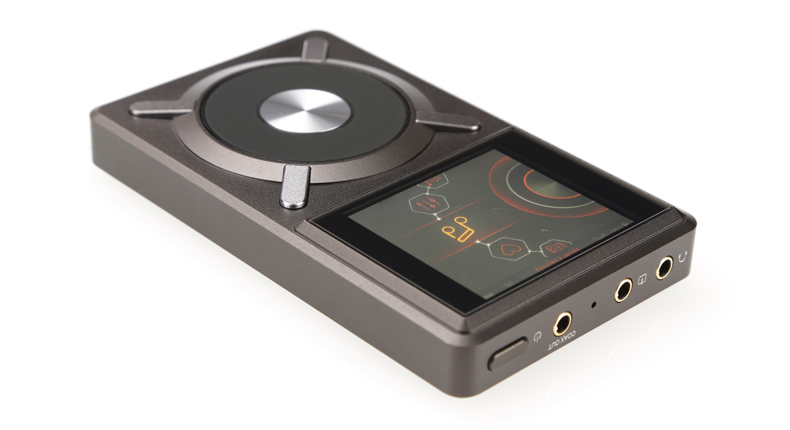
The X5 is a big machine. Bigger in every way than a 160GB iPod Classic (itself no waif) – and, with precisely 0GB of on-board memory, without much of an excuse for its Rubenesque 114 x 68 x 16mm dimensions.
Perhaps FiiO specified this to accommodate the X5’s substantial, imprecise control wheel or the four sizeable control buttons. It certainly doesn’t need all that real-estate for the display screen – measuring 2.4in.
Or perhaps FiiO wants to justify what looks, at first glance, as a fairly optimistic price. There aren’t even headphones to add a bit of value.
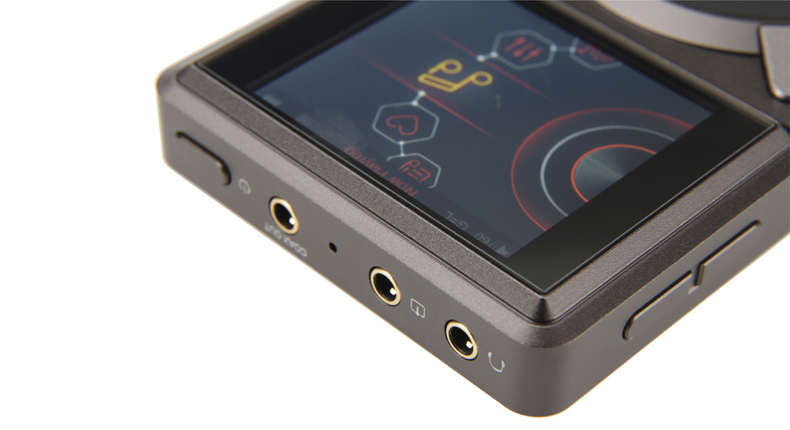
The X5 does at least have a spec as big as its body, though – if you overlook the disappointing lack of on-board storage. File support is all-encompassing, with DSD, APE, FLAC, ALAC and all the other, less headline-making formats dealt with.
There are headphone-, line-level and digital coaxial outputs (all 3.5mm sockets) as well as a micro-USB socket and two microSD card slots (currently limited to 64GB cards, but firmware updates are planned to allow up to 256GB cards in each microSD slot).
And the X5 can function as an asynchronous DAC for your PC too – its USB socket can handle files up to 24-bit/192kHz.
Performance
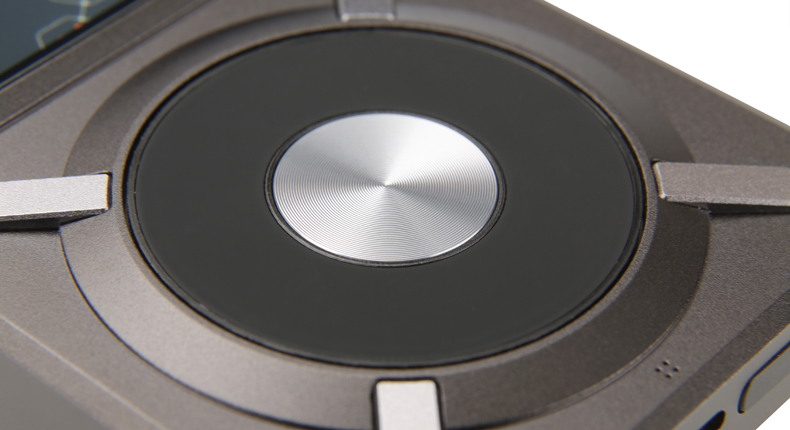
Getting music onto the X5 is simple, but accessing it isn’t helped by the vague click-wheel and multi-function (short press/long press) controls.
Persevere, though, and the FiiO creates a great first audio impression. It’s loud and dynamic, but not unsubtle, when playing a hi-res file of Lorde’s Royals – the wantonly low bass, almost deep enough to be felt rather than heard, has remarkable poise.
It’s solid, straight-edged and tonally convincing, with the balance between speed and extension judged nicely. Further up the frequency range, vocals are cosseted carefully from the clatter, and dripping with detail.
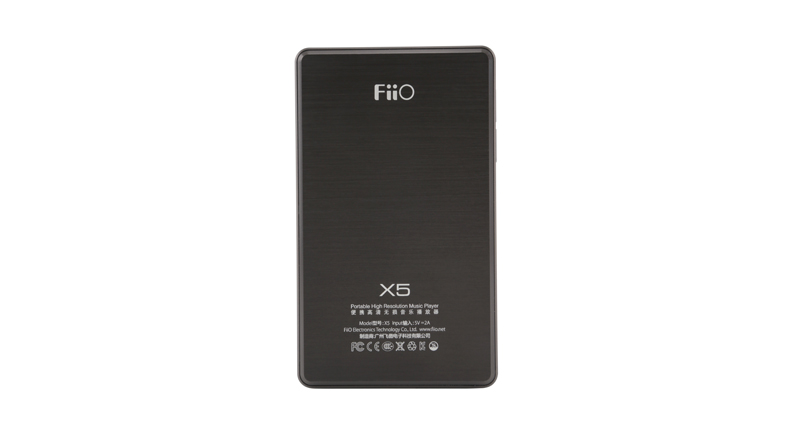
It’s a similar story (if a jarring change of style) when playing an equally high-resolution file of Miles Davis’s elegant So What.
The X5 creates a real sense of space, and the amount of information crammed into a single trumpet phrase is prodigious.
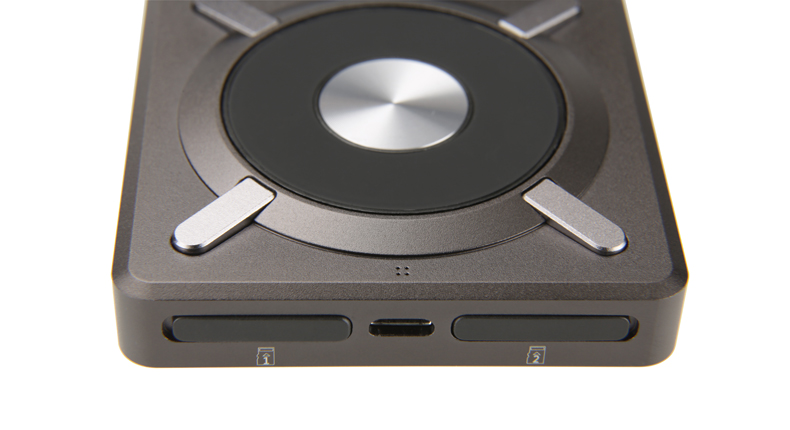
What’s also more evident on a sparer recording is the X5’s approach to timing and organisation.
Every element of a recording is fully delivered, but there’s less certainty in the way the FiiO integrates them into a whole. Instruments can sound like a collection of discrete elements here.
This is even more apparent with compressed files.
Verdict
We can’t help thinking, though, that the X5’s biggest problem is the size of its body and its price – if it was packing a 250GB memory, it would still be a bloater.
But if you get past that, you'll find a strong, if not outstanding-sounding personal music player.
What Hi-Fi?, founded in 1976, is the world's leading independent guide to buying and owning hi-fi and home entertainment products. Our comprehensive tests help you buy the very best for your money, with our advice sections giving you step-by-step information on how to get even more from your music and movies. Everything is tested by our dedicated team of in-house reviewers in our custom-built test rooms in London, Reading and Bath. Our coveted five-star rating and Awards are recognised all over the world as the ultimate seal of approval, so you can buy with absolute confidence.
